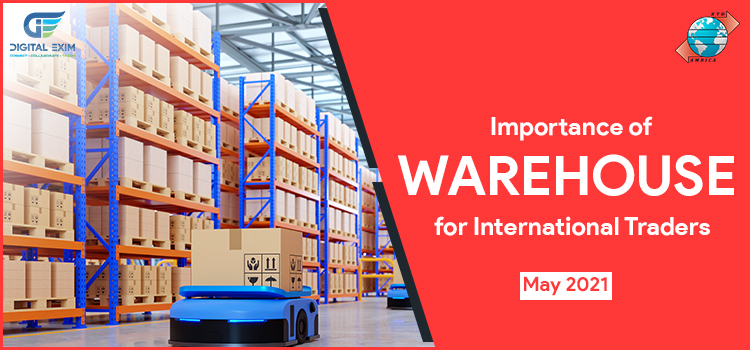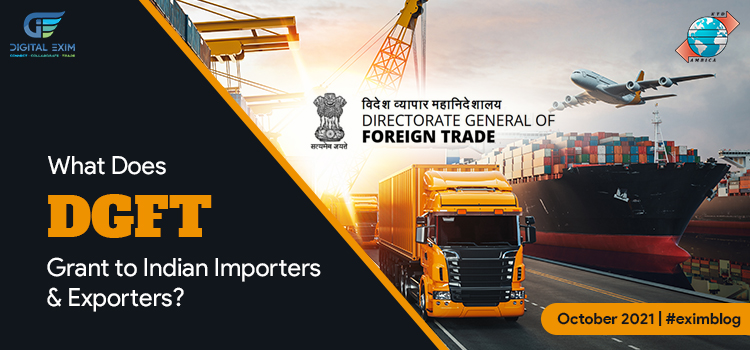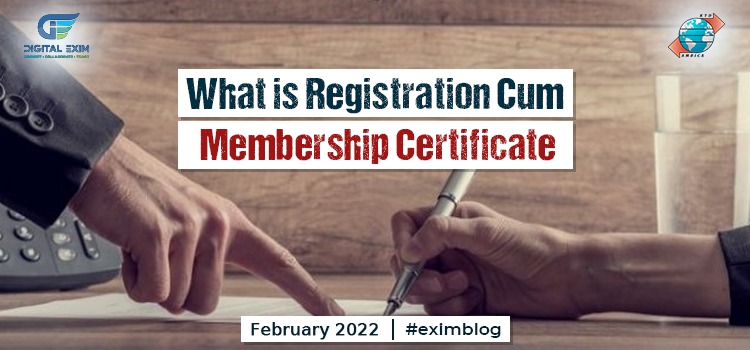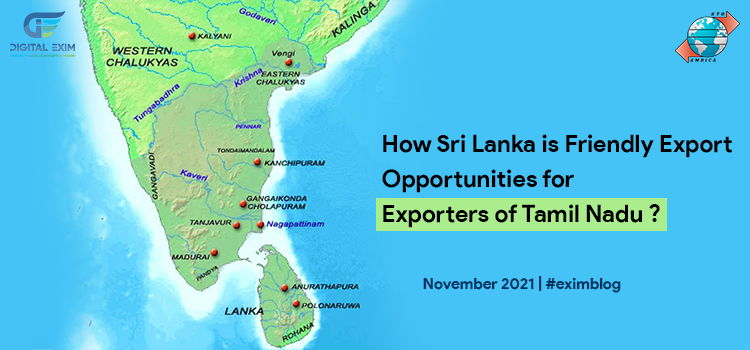Big Shots In especially export Industries has become successful through their own hard work & tireless efforts. The Nation’s economy is being benefited widely as they stand as a ‘successful’ export company. Let’s jump to the point ‘top indian exporting companies’ & how major part they play.
Wo Insaan Jo Dusro Ki Nakal Karta Hai Thode Time Ke liye Safal Ho Sakta Hai But jiwan me bahut aage nahi badh Sakta
(A Person Who Copies others can be successful for a short time but cannot move forward in life)
– Ratan Tata
Below are the Names of Export companies or top indian exporting companies:
Reliance Industries (Oil, Gas)
Tata Motors (trucks, cars)
TATA Steel (Steel, iron)
ITC (Tobacco)
Coal India (Diversified Metals, mining)
Reliance Industries:
As Reliance’s Tagline says “Growth is Life” or “Fuelling India’s Growth”, it genuinely stands on it. It was founded in the year 2008 with the total Net income of 2.2 billion (as per different source). The Whole Empire of reliance was being created by Sir Dhirubhai Ambani which will be forever appreciated.
TATA Motors:
One of the Top Car manufacturers In India, Tata motors are incredibly strong in export. The Product includes military vehicles, buses, sports cars, coaches, trucks, cars & construction equipment. It was founded in 1945. The Business ethics of Sir Ratan Tata is really inspirational for all. They released the world’s cheapest car ‘Nano’ though due to some XYZ reason they had to shut off later.
TATA Steel:
India Exported 11 million tonnes of steel in the year 2019, while in April 2020 Tata steel sold approx. 80 to 90% of its production export markets. Tata Steel was founded in 1907 by Jamshetji Tata. The Steel operates in 26 countries with a sound business ethics. Hence Tata steel is one of the major or top exporting companies of India.
ITC:
Less Than 20% of India’s whole tobacco production is exported. It was being established in 1910 as Imperial Tobacco Company of India Limited. After that it was renamed as India Tobacco Company Limited in 1970 and now I.T.C. Limited From the year 1974.
Coal India:
Coal India Limited, one of the largest coal producing companies in the world & a Maharatna public sector undertaking. It was founded in 1975. Though Coal India too faced tough times & criticism but still they are doing very well in exports.
The Game of Metaphor?
There are many export companies’ names in India & undoubtedly they are doing well. But among those exporting companies, there are some major exporting companies with a huge impact on the exim industry. In This Blog, we will not talk about the export import procedures or opening the digest but will cover the impact. Just as Ramayan is Incomplete without Ram, Exim Industry is Incomplete Without Exporting Companies. Sounds a good metaphor, isn’t it? You can comment on your metaphors as well in the comment section (let’s see more interesting ones).
Exporting Is Always Beneficial To The Country
In the Tough Times of Pandemic, the exporting industry really helped in contributing to the nation’s economy. Though Import too plays a huge role but yes, the question of dependency arises. Hence, we must respect count exporting companies’ examples as well. There nothing wrong in importing but if we can encourage our manufacturers more in production then the result will be fruitful.
Conclusion: As mentioned earlier, names of export companies are high, which is good but only few earn in millions. We can say below are the best top indian exporting companies. We need to really encourage the exporting industry today in order to rock the world with a sound economy. Also, it is not that we have limited resources, we just need to push people in start-ups & export business. Simply pushing is not everything, but guiding newbies is also one of the major roles. In guiding the exporters, no need to worry much because of the Digital Exim! Digital Exim, one of the top export import consultancy groups in India with a wide network.
The Export Import industry is something that is filled with tremendous growth but on other hand frauds too happen. To save them from such scams & to Guide each & every step towards their successful trade, digital exim is always there. The Banner of Digital Exim is Always high in the Export Import Industry no matter how many challenges come. We are never defeated! Call on 9505506333 to join Today!















